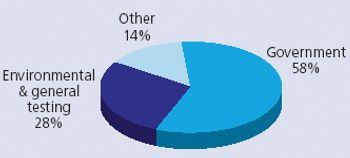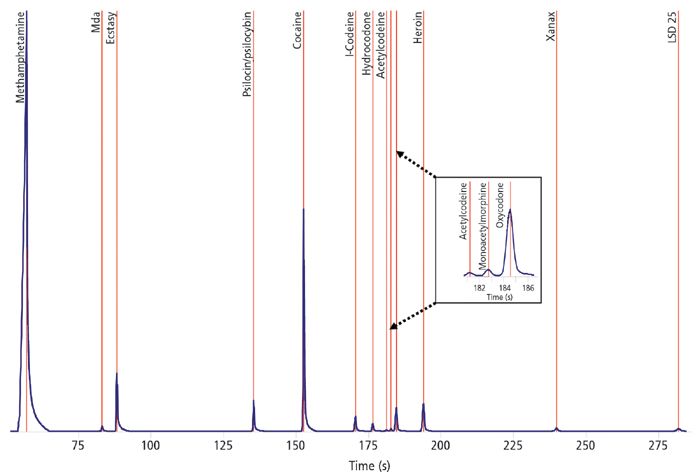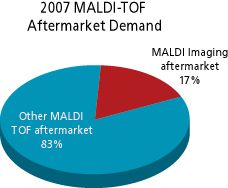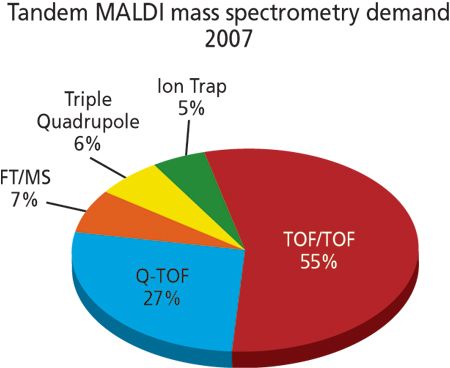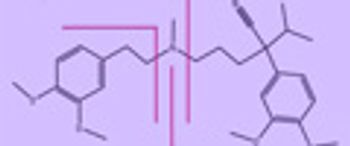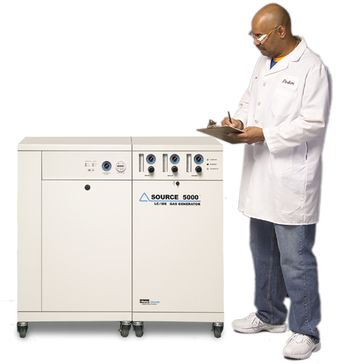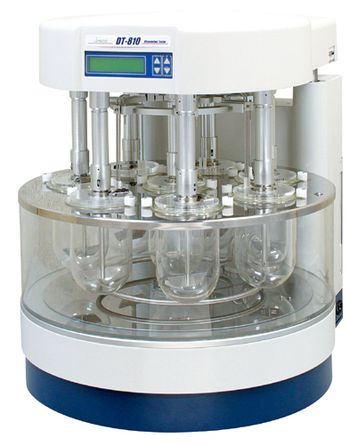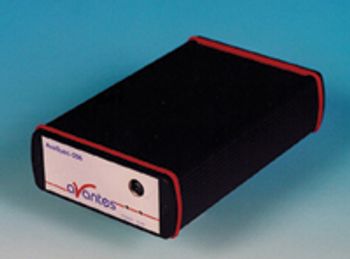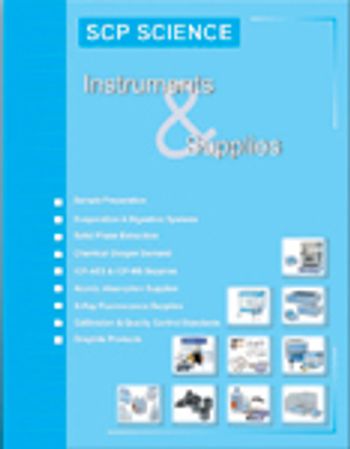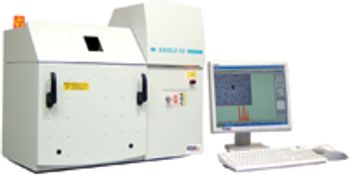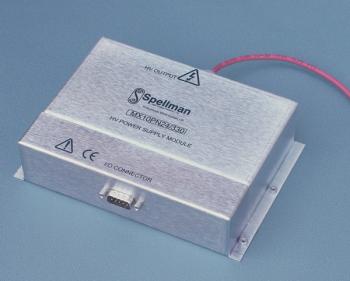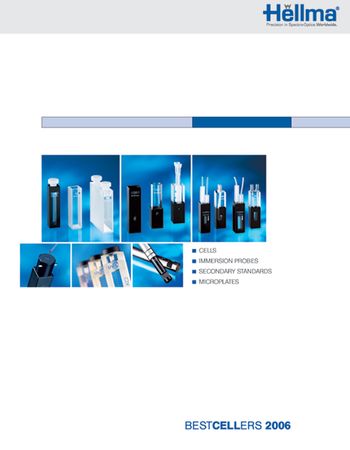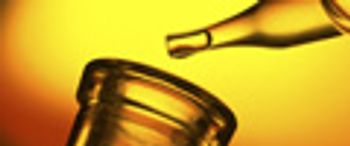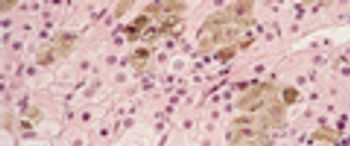The concentration dependent influence of Na+ and K+ions on mass spectra of peptides is shown with human gastrin as a model peptide. With electrospray ionization the doubly charged protonated molecule ion [M+2H]2+ is normally the preferred ionization product. However, trace amounts of alkali metal ions already form clusters (adducts) with the peptide molecule, such as [M+H+Na]2+, which become dominating at higher concentrations. With Na+/K+ concentrations below 0.1 mg/kg (ppm) only a few clusters appear, which allow the correct doubly charged molecule ion to be assigned for a subsequent MS–MS experiment. With concentrations of 10 ppm and higher the alkali clusters become the most abundant peaks in the spectrum, and the absolute sensitivity is decreased by a factor of 5–10. Experiments were performed with water and water–methanol mixtures with a known Na+/K+ +content.
